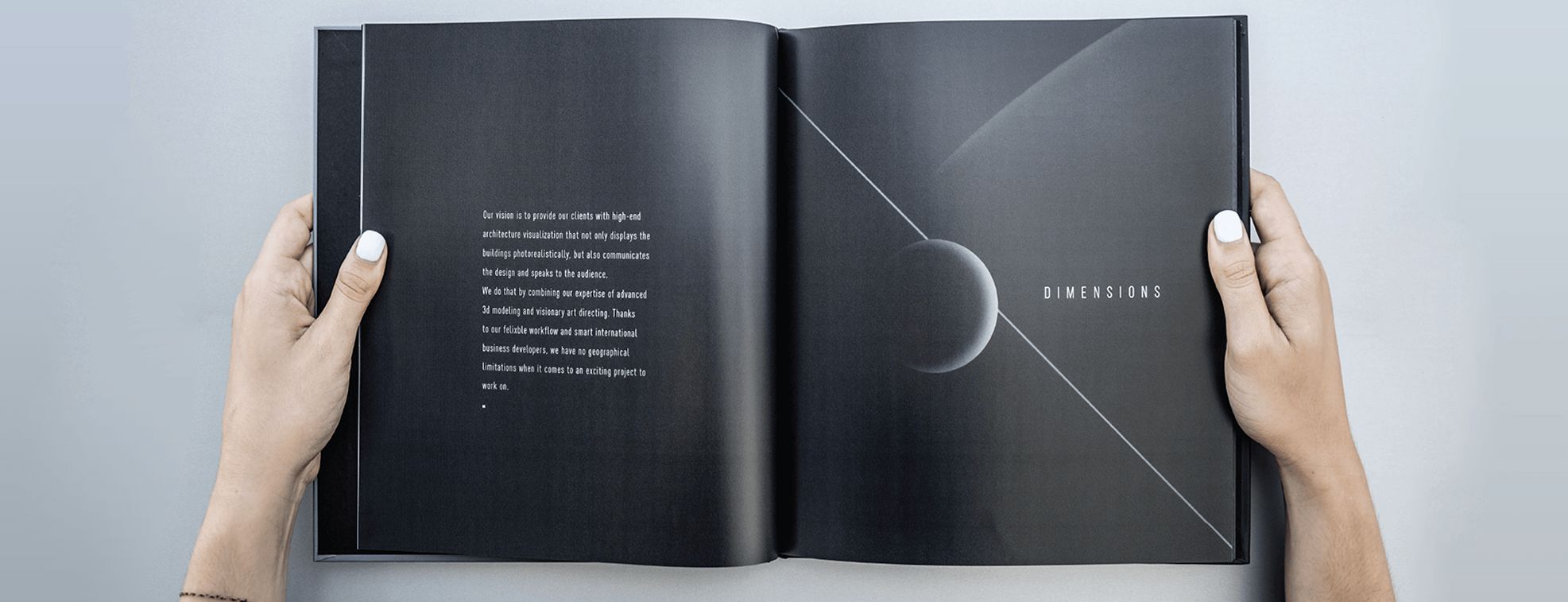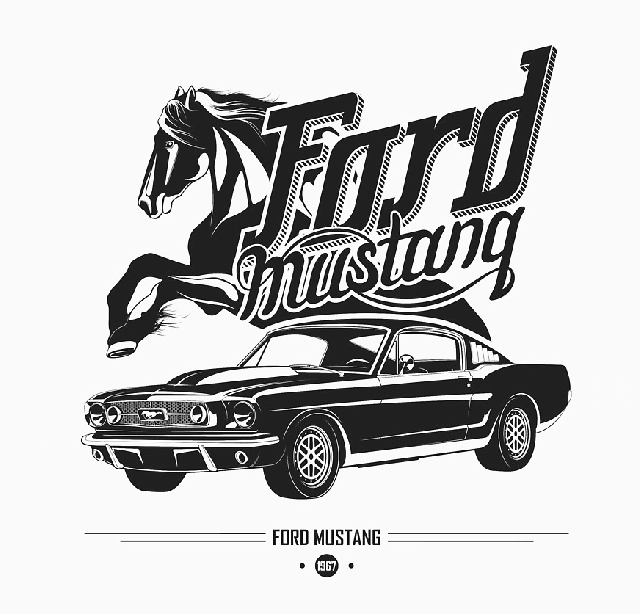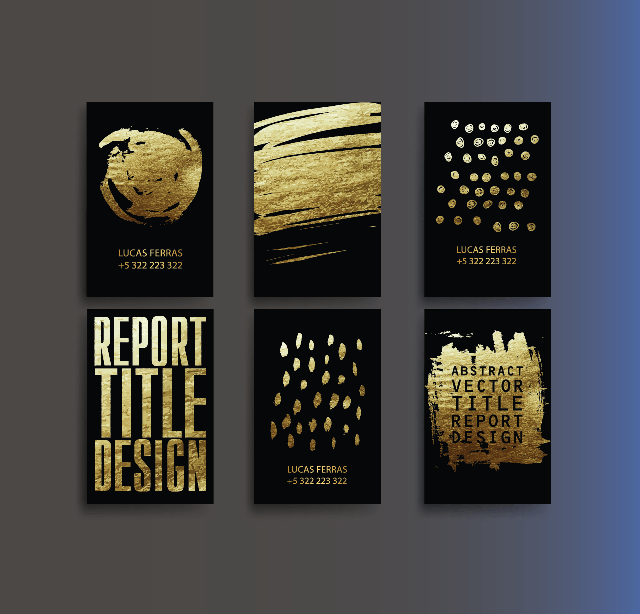Binding Types: How to Bind Your Printed Portfolio and Why It Matters
Portfolios, portfolios everywhere. Although everything is available in a digital version today, we still keep printing portfolios to show the highlights of our experience. People often want to flip through the pages of printed images to see with whom they are going to work. In those conditions, choosing the right from different binding types becomes crucial.

Agencies, individual artists, models and other people from creative industries collect the best of their work.
Well, let’s say you have all your files assembled and even designed a layout. Now you need to print the portfolio. How do you order it? The binding methods alone make the decision so difficult! Let’s say it looks like a book, so it should be binded like other books, shouldn’t it? But it also looks like a booklet. Yes, portfolios are different. They differ in a lot of features, starting from the volume. And each needs a different binding.
So, let’s see which binding method you will need for your own.
Binding Types: Staple Binding
Staple binding is an ideal option if you want a relatively compact portfolio. Consider 8 to 60 pages for one. With this binding, it will look like a neatly made booklet. Staple binding is quite an affordable option, especially if you order large quantities, say, more than 100 pieces. If you are ordering staple binding services in Dubai for your portfolio, we promise you excellent quality of prints. Check our website for Dubai print custom booklets printing. The quality is the most important thing you should pay attention to when making a portfolio. However great your works are, they will lose the value if there is a flaw in printing.
Prepare your printing files in high definition to get the top quality. 100 DPI will do.
Choose only the highlights of your works. Consider adding short descriptions so that it becomes clear what the project is about. However, never overload the portfolio with text, as the image is the most important part.
Binding Types: Perfect Binding
If you are new to the printing industry slang, you may think that “perfect binding” is an epithet. Well, it’s not. It is an actual term for the method with which most of the books are binded. Do you want a book-portfolio? Go with perfect binding. It gives your portfolio a really professional look.
You would rather go with the staple binding if the portfolio is not large enough. It’s always better to only put a few top works in it than collect all your works no matter what, just for the quantity. But there are cases when even the top works are so many, they require an additional volume.
The volume of portfolios with perfect binding allows not only including as many works as you wish but also using entire pages for descriptive stories. This is excellent for branding agencies’ portfolios, where you want to tell about the goals and the strategy you came up with.
If you are printing portfolios with perfect binding in Dubai, we offer the books starting at 48 pages. The maximum volume is 300 pages, so feel free to include all the necessary media. To order such a book, check out the perfect binding option for books and booklets printing on Dubaiprint.com.
Binding Types: Spiral Binding
Spiral binding, also called wire binding, is excellent for printing portfolios that are often renewed. Allowing the volume of 16 to 252 pages, the binding method is quite cost-effective.
Wire-binded portfolios look similar to the old-fashioned ones, collected in a folder. But this custom-printed option appears way more professional than a folder with different pages. You can print such a portfolio every time you accomplish a couple of new projects, always keeping it updated.
Before printing, whichever method you choose, make sure that the number of pages is divisible by 4 (including the covers).
And finally, here’s a tip about how much information you should add to each project.
Branding or advertising – always mention for whom the work has been done. If the work is more profound than one can see in the images, you are free to write a couple of paragraphs about the problems the client had and the solution you came up with. Don’t forget about the credits: your team deserves to be recognized.
Photography – well, this is the most case-sensitive area. Sometimes you need to tell the whole context, such as the date, location and the situation in which the photo has been taken. But more often a photograph alone is enough.
Modeling – as little info as possible. If you have credits to give, go ahead. If you don’t, then leave the photos alone. Your looks speak for themselves.
Visual arts (other than mentioned above) – an artwork most often has a name. They’re a very few cases when you need to tell more than a name.
Now you can collect the best of your works, design their layout, and choose the printing method. For the rest, you can trust Dubaiprint with your printing job.


